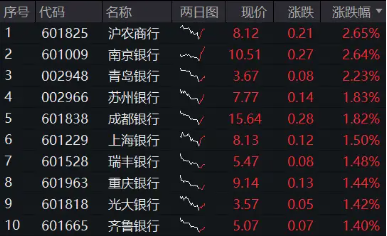大家好!今天我要聊聊中国名茶之乡英文翻译,这可是中国名茶之乡英文翻译中的佼佼者,不信你看看。
中国名茶之乡英文翻译China is famous for its various teas, and many regions in China are known as "tea towns." These regions have rich tea-growing history and culture, and are famous for their unique tea varieties and production techniques. Among these regions, there are many "tea towns" that are particularly renowned for their teas. Here are some examples:1. Anxi County, Fujian Province - Anxi is known as the "cradle of Chinese tea." It is home to many famous tea varieties, including oolongs, pueras, and greens. The region's unique climate and soil conditions create teas with a distinct aroma and flavor.2. Nanping, Fujian Province - Nanping is another famous tea town in China. It is known for its high-quality oolongs, especially the famous "Chunlei" and "Xihu" oolongs. The region's climate and soil conditions create teas with a fresh and mellow flavor.3. Longchuan County, Yunnan Province - Longchuan is famous for its high-quality pueras. Pueras are a type of black tea with a strong, rich flavor that is particularly popular in Yunnan Province. Longchuan pueras are renowned for their complex flavor and rich aroma.Now let's take a look at how to translate these regions into English:Anxi County, Fujian Province: "Anxi County, Fujian Province" can be translated as "Anxi County, Fujian Province."Nanping, Fujian Province: "Nanping City, Fujian Province" can be used to describe the city in English.Longchuan County, Yunnan Province: "Longchuan County, Yunnan Province" can be used to describe the county in English.Now that we have translated these regions into English, we can combine them into a sentence that conveys the information that they are famous for their teas: "Anxi County, Fujian Province is known as the 'cradle of Chinese tea,' renowned for its high-quality oolongs, pueras, and greens."Similarly, "Nanping City, Fujian Province is famous for its fresh and mellow oolongs," and "Longchuan County, Yunnan Province is renowned for its complex flavor and rich aroma of pueras."In conclusion, translating these regions into English requires using appropriate nouns and adjectives to convey the information about their unique tea-growing conditions and cultural heritage. By doing so, we can accurately communicate the essence of these regions to a wider audience.。
文章到这里就结束了,但中国名茶之乡英文翻译的故事还在继续。如果你也想成为这个故事的一部分,那就赶紧行动吧!














 京公网安备11000000000001号
京公网安备11000000000001号 京ICP备11000001号
京ICP备11000001号